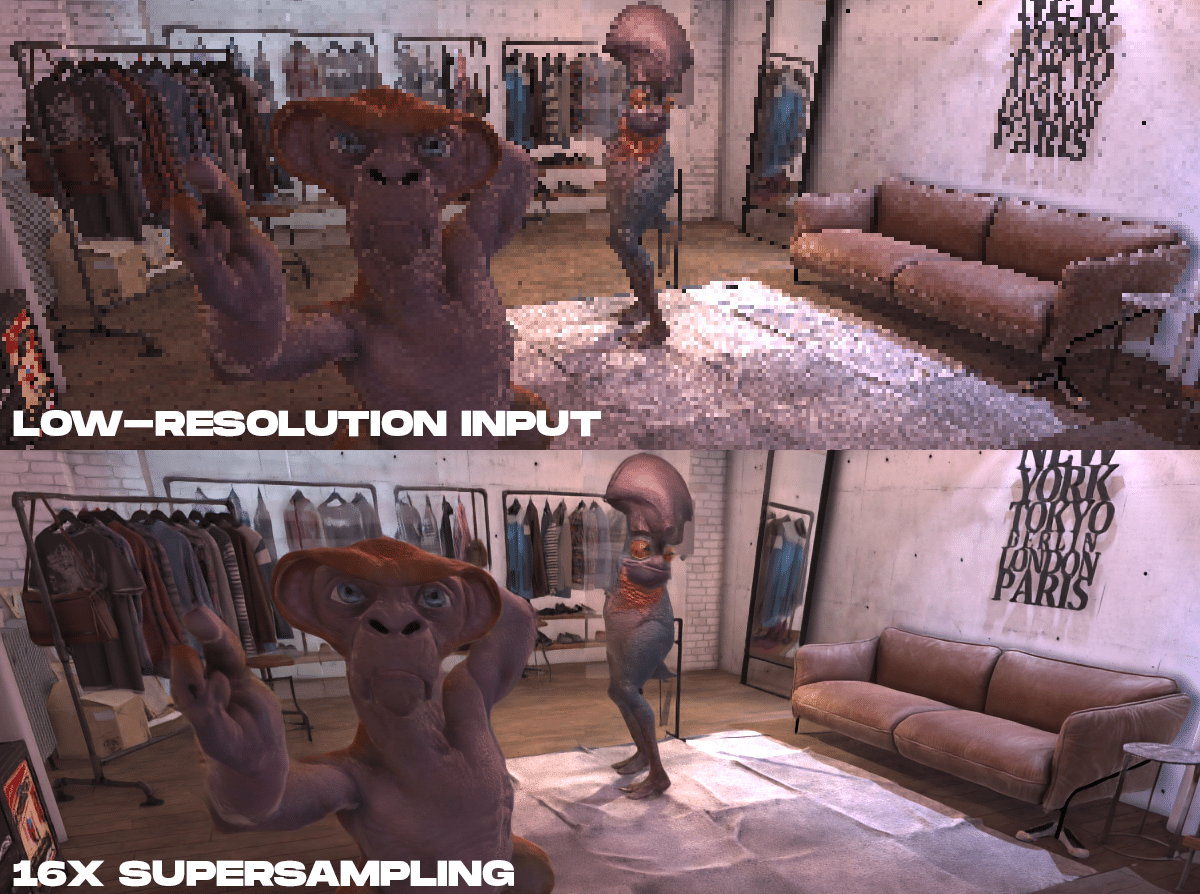For me, A "next-gen" game is one that leverages latest technology across all avenues to offer new or improved gaming
experiences than what came before. By "all avenues" I mean CPU (i.e. simulation), graphics, sound, input, I/O, UX and everything else that can affect the gaming experience. I explain it in my largely ignored thread here:
What Constitutes Next Gen
My point with this Metro update is that (while pretty) it doesn't do anything to change/advance the actual gaming experience. Without having anything else to compare it to, it wouldn't even be obvious what the differences are since other games have achieved similar effect using prebaked solutions.



